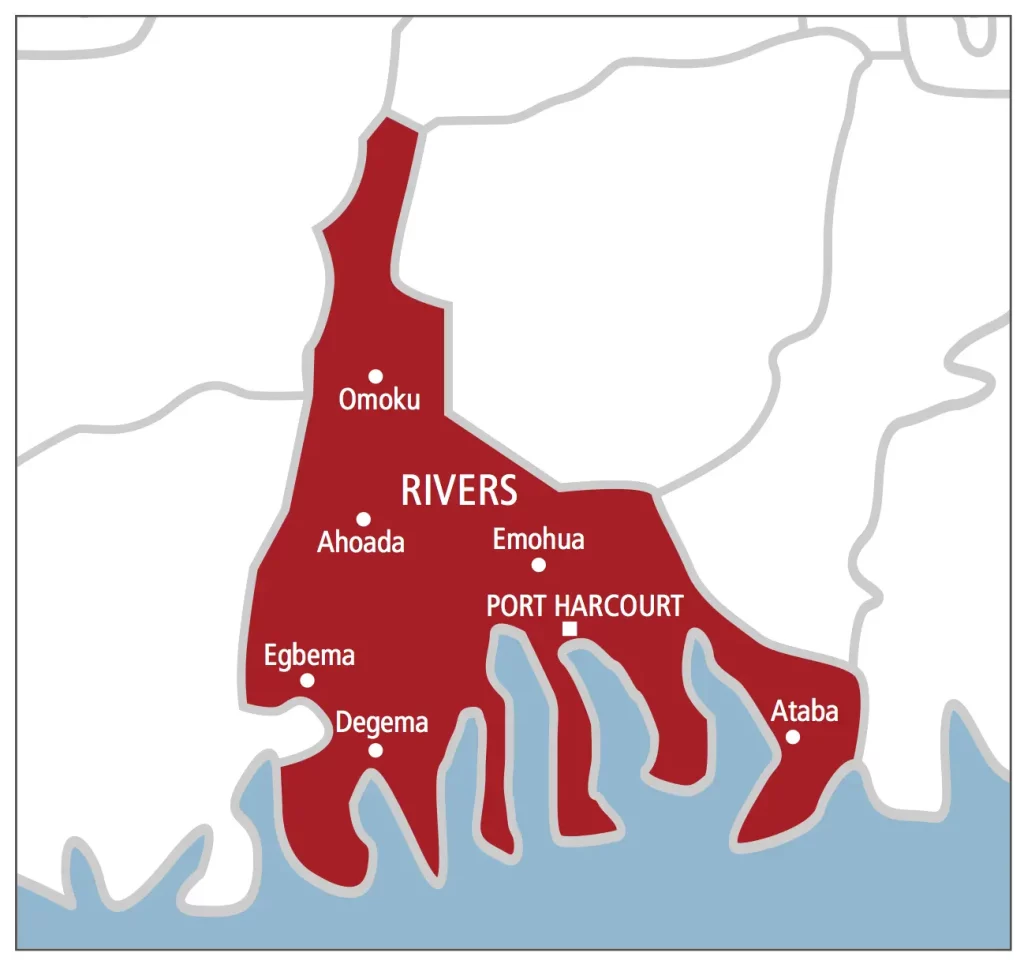Wednesday was a day of presentations by city staff guiding development of the midtown campus and surroundings that will soon be called a Metropolitan Redevelopment Area. MRA is also the acronym for the Metropolitan Redevelopment Act — enabling legislation that authorized the city to create a Metropolitan Redevelopment Agency with authority to designate a Metropolitan Redevelopment Area with oversight by a Metropolitan Redevelopment Commission. Albuquerque has several Metropolitan Redevelopment Areas and has used the designation to improve blighted areas.
This will be Santa Fe’s first, although the idea was floated for the area by affordable housing expert Daniel Werwath after President Donald Trump’s 2017 tax package created Opportunity Zones. The midtown area was designated as one of five Opportunity Zones within the city. Wednesday’s presentations, led by agency director Daniel Hernandez and Carly Venditti, started with the Metropolitan Redevelopment Commission, followed by the Economic Development Advisory Committee and finished in the evening with the Quality of Life Committee.

The advisory committee is comprised of appointed citizens, and the Quality of Life Committee members are city councilors. Both are chaired by Councilor Jamie Cassutt. Eventually, the governing body must pass a resolution authorizing the Metropolitan Redevelopment Area.
The resolution moving toward council hearings by the end of the month is sponsored by Cassutt and Councilor Amanda Chavez, which is appropriate since the MRA is in District 4, which they represent. After City Council approval, the agency will create an MRA plan. A cynic might suggest it’s another plan added to the dozen or more already created starting with the Re-Mike plan of 2012, followed by several architectural team visions in 2017, followed by several developer team visions from the “requests for expressions of interest” in 2019, and the city’s current approved development plan from 2022.
The MRA plan, however, will be less about physical space and more about financing. The act allows cities to circumvent the state’s “anti-donation” clause and use municipal funds in public/private partnerships that would otherwise be prohibited. The catch is that a city must designate the areas as “blighted or a slum.
” Santa Fe may have stretched the notion of “blight” a bit for the midtown campus, but one criteria of blight is derelict and deteriorating buildings. One might argue that seven years of dithering over multiple plans for abandoned buildings became self-fulfilling, but it appears the designation will go unchallenged. The newly designated area largely follows the outline of the overlay district called the Midtown Local Innovation Corridor, or LINC, created in 2016.
It radically streamlined the entitlement process for development in the area while easing parking requirements and raising allowable building heights. As generous as the terms of the LINC are, and as generous as the incentives of the Opportunity Zones are, no projects, except for the recent acquisition from the city by an expanding film studio, have utilized the generosity. Adding MRA generosity is considered another piece in the puzzle to stimulate activity.
One aspect of the LINC and MRA maps is the inclusion of properties adjacent to the campus that the city still has not wrested control of but should. Plans from developers in 2019 and from architects in 2017 all considered the possibility of adding another 40-plus acres to the 64 of the campus. These properties are between the campus and Franklin E.
Miles Park and Nava Elementary School. They effectively block access to assets that would enhance whatever gets built in midtown. They are owned by the state of New Mexico, Santa Fe Public Schools, the U.
S. Forest Service and the city of Santa Fe. Metropolitan Redevelopment Areas are a big deal, but the next step is control of adjacent institutionally owned blighted areas blocking access to the park and school.
.
Politics

Designation another step toward revitalizing midtown Santa Fe

The biggest disappointment was the failure of House Bill 448, called the state Office of Housing Planning and Production.














